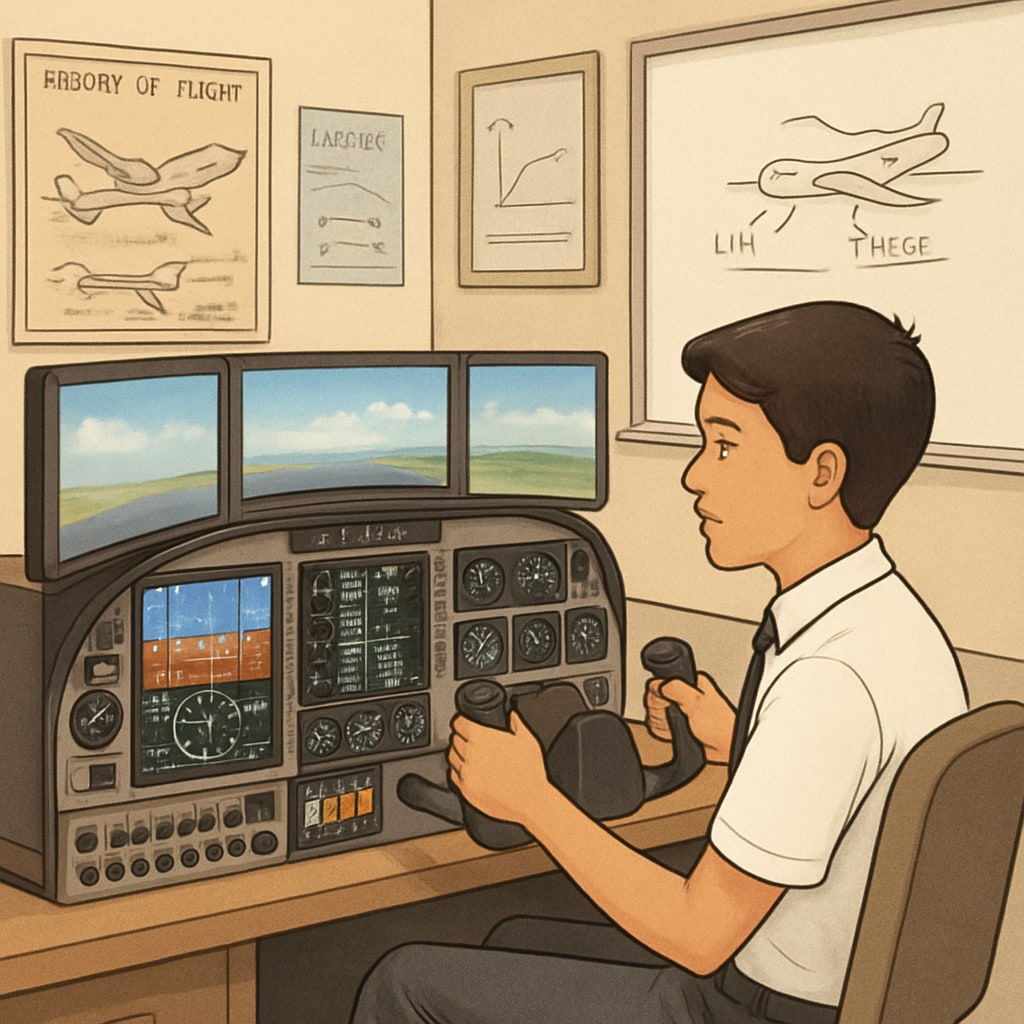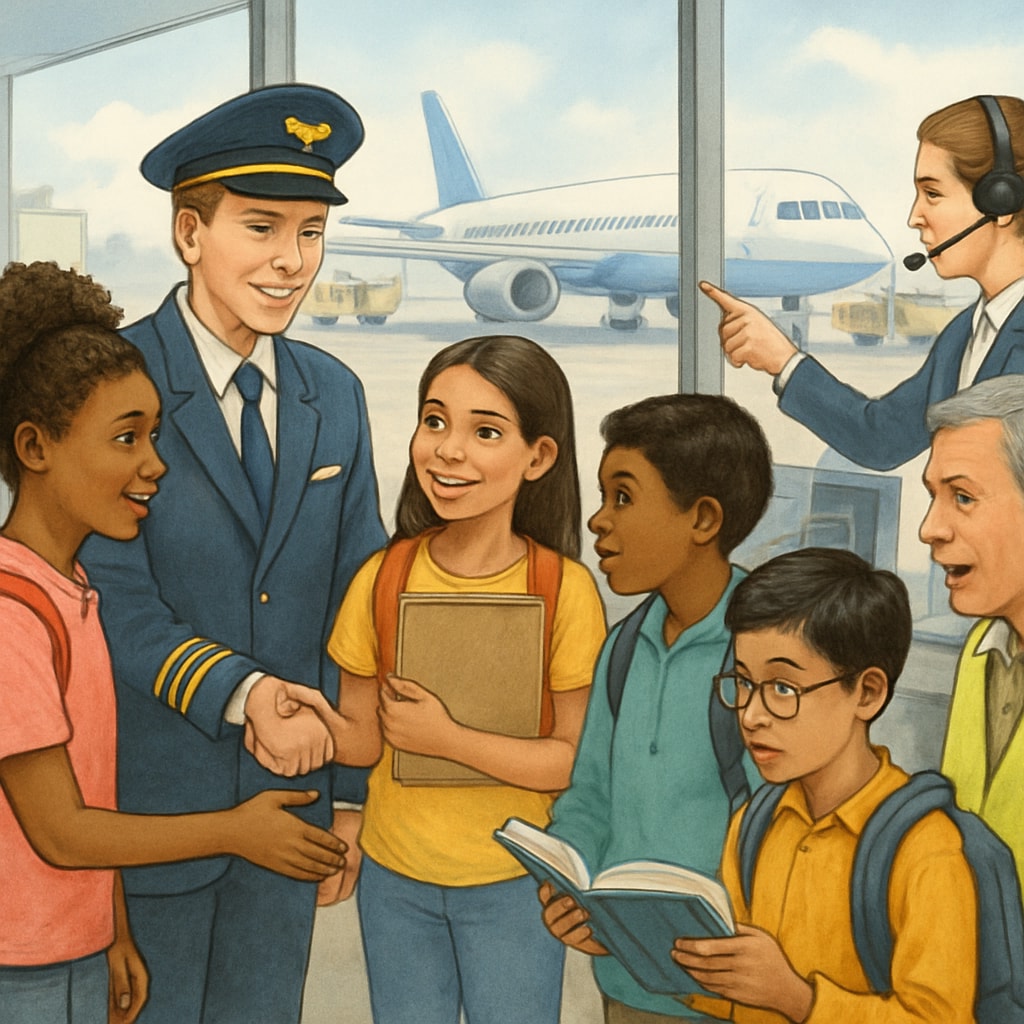For aspiring aviators, obtaining a commercial pilot license (CPL) is often the first major step toward a fulfilling career in aviation. However, the financial burden associated with flight training can be overwhelming. By fostering a passion for aviation early in K12 education, schools, families, and communities can play a critical role in guiding young individuals toward this goal. With the right resources and creative funding solutions, such as loan programs with repayment commitments, the dream of flying can become a reality for many students.
Inspiring Aviation Interest During K12 Education
Introducing students to the world of aviation during their formative years can spark a lifelong passion. Schools are uniquely positioned to create opportunities for students to explore aviation, whether through STEM-based curriculum, aviation clubs, or partnerships with local aviation organizations. For example, integrating flight physics lessons into science classes or hosting field trips to airports can provide hands-on experiences that make aviation tangible and exciting.
Additionally, after-school programs dedicated to aviation can be a game-changer. These programs might include drone flying workshops, guest lectures from pilots, or even flight simulator training. Such initiatives not only teach technical skills but also emphasize problem-solving, teamwork, and attention to detail—qualities that are essential for a career in aviation.

Overcoming Financial Barriers to a Commercial Pilot License
While passion and dedication are crucial, funding remains one of the biggest challenges for students pursuing a commercial pilot license. The cost of flight training, which can range from $70,000 to over $100,000, is often prohibitive for many families. Schools, families, and communities can address this barrier through several innovative approaches:
- Scholarships and Grants: Many aviation organizations, such as the Experimental Aircraft Association (EAA) and Women in Aviation International, offer scholarships for aspiring pilots. Encouraging students to apply for these opportunities can significantly reduce financial strain.
- Loan Programs with Repayment Commitments: Some flight schools and airlines offer financing options that allow students to repay their loans after securing employment. These programs often include mentorship and job placement services, ensuring a smoother transition into the aviation workforce.
- Community Crowdfunding: Platforms like GoFundMe can be used to raise funds for flight training. By sharing their aviation dreams with their community, students can garner both financial and emotional support.
Creative funding solutions, combined with early exposure to aviation, can help students overcome financial obstacles and pursue their dreams of earning a CPL.

The Role of Families and Communities in Supporting Young Aviators
Families and communities play an essential role in nurturing the next generation of pilots. Parents can encourage their children by fostering curiosity, providing access to aviation resources, and helping them set realistic career goals. For example, investing in a basic flight simulator for home practice or subscribing to aviation magazines can keep young learners engaged.
Communities, on the other hand, can create mentorship networks that connect students with experienced pilots. These mentors can offer invaluable advice on navigating flight training programs, securing funding, and building a successful aviation career. Additionally, local businesses and civic organizations can sponsor aviation events or provide financial support to promising young pilots.
Conclusion: Building a Sustainable Pathway to the Skies
Creating a sustainable pathway for students to achieve their aviation dreams requires a collective effort from schools, families, and communities. By fostering interest in aviation during the K12 years and addressing financial barriers through creative solutions like scholarships, loan programs with repayment commitments, and community support, we can inspire the next generation of commercial pilots. With the right resources and guidance, students can transform their dreams of flying into a rewarding career in the skies.
For more information on aviation scholarships and career resources, visit EAA Scholarships or Women in Aviation International.
Readability guidance: Short paragraphs and lists are used to summarize key points. Overuse of passive voice is avoided, and transitional phrases ensure smooth flow. Images are positioned to complement the text, enhancing engagement.


